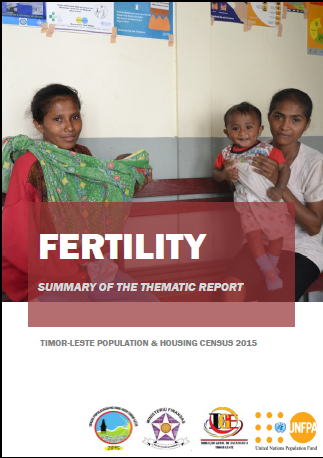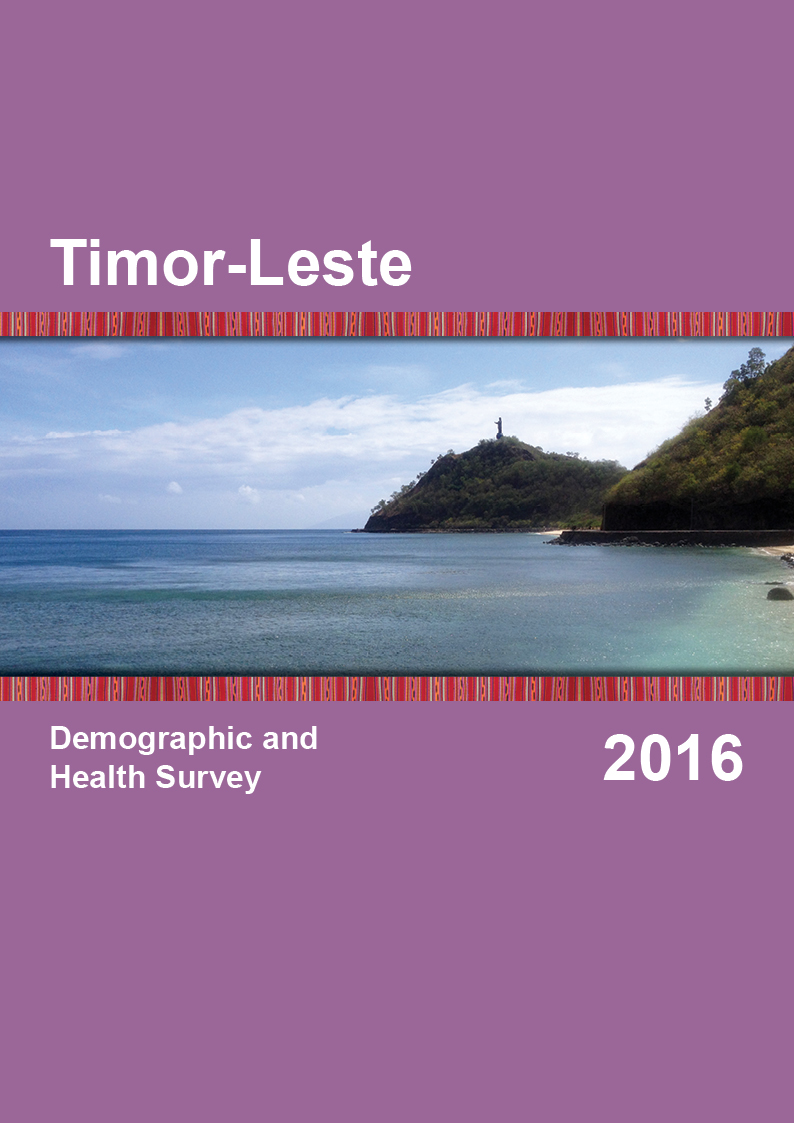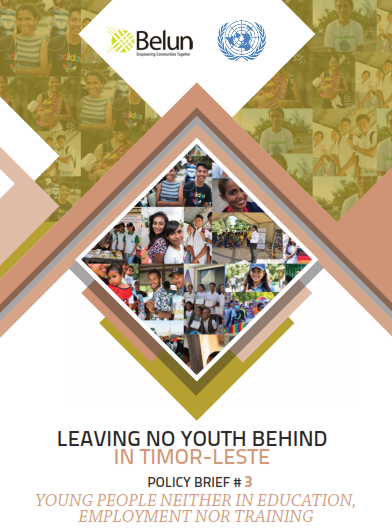You are here
New Releases
Summary of 2015 Census thematic report on Labour Force
The 2015 Census was conducted by the General Directorate of Statistics (Direcção Geral de Estatística, GDE) of the Ministry of Finance.
The census provides information on the economic characteristics of the working age population including employment and unemployment, status in employment, industry and occupation. The data are also analyzed by municipality, by sex, and with respect to sub-populations including youth and working children.
Summary of 2015 Census thematic report on Youth
The analytical report on youth combines findings from the 2015 DHS and Census. It relates to sexual and reproductive health from the recent 2016 Demographic and Health Survey (DHS) to provide an overview of the situation and range of issues faced by young people in Timor-Leste today.
The vision of the National Youth Policy is for young people to be “healthy, educated, competitive, active and responsible citizens, who are proud to be Timorese.”
The policy outlines five priority intervention areas: Education; Healthy lifestyle; Employment and employability; Civic participation; Violence and crime. This brief addresses three of these priority areas.
Summary of 2015 thematic report on Mortality
Infant mortality
The Infant Mortality Rate (IMR) is the number of deaths of children aged less than one year per 1,000 births.
The 2017 revision of World Population Prospects estimated the IMR for Timor-Leste at 43.9 deaths per 1,000 live births for the period 2010–2015. This value was very close to the value for the South Asian region (44.0). However, the rate was higher than the rates for neighboring countries (Indonesia: 24.9; Philippines: 22.2), the South-east Asian region (24.0), and also the world average (35.0) (United Nations Department for Economic and Social Affairs, 2017).
Summary of the 2015 Census thematic report on Marital Status
The 2015 Census was conducted by the General Directorate of Statistics (Direcção Geral de Estatística, GDE) of the Ministry of Finance.
Marriage patterns, breastfeeding practices, the incidence of abortion, and contraceptive prevalence are the major proximate determinants of fertility. The 2015 Census does not collect data on breastfeeding practices or prevalence of contraceptive methods. However, the census collects data on marital status patterns by age, sex, background characteristics (literacy, educational attainment, employment status) and geography.
In this report, marital status is classified as: never married, married, living together, widowed, divorced, and separated.

Summary of the 2015 Census Thematic Report on Fertility
The Total Fertility Rate (TFR) is the number of children a woman would have at the end of her reproductive life if she experienced a given set of age-specific fertility rate throughout her reproductive life (Dharmalingam, 2004). Different methods were used to measure the TFR in 2015 Census.
Timor-Leste Population and Housing Census 2015 Analytical Report on Education

Timor-Leste 2016 Demographic and Health Survey (Final Report)

LEAVING NO YOUTH BEHIND IN TIMOR-LESTE POLICY BRIEF # 5 YOUNG PEOPLE WITH A DISABILITY

LEAVING NO YOUTH BEHIND IN TIMOR-LESTE POLICY BRIEF # 4 LGBTI YOUTH

LEAVING NO YOUTH BEHIND IN TIMOR-LESTE POLICY BRIEF # 3 YOUNG PEOPLE NEITHER IN EDUCATION, EMPLOYMENT NOR TRAINING